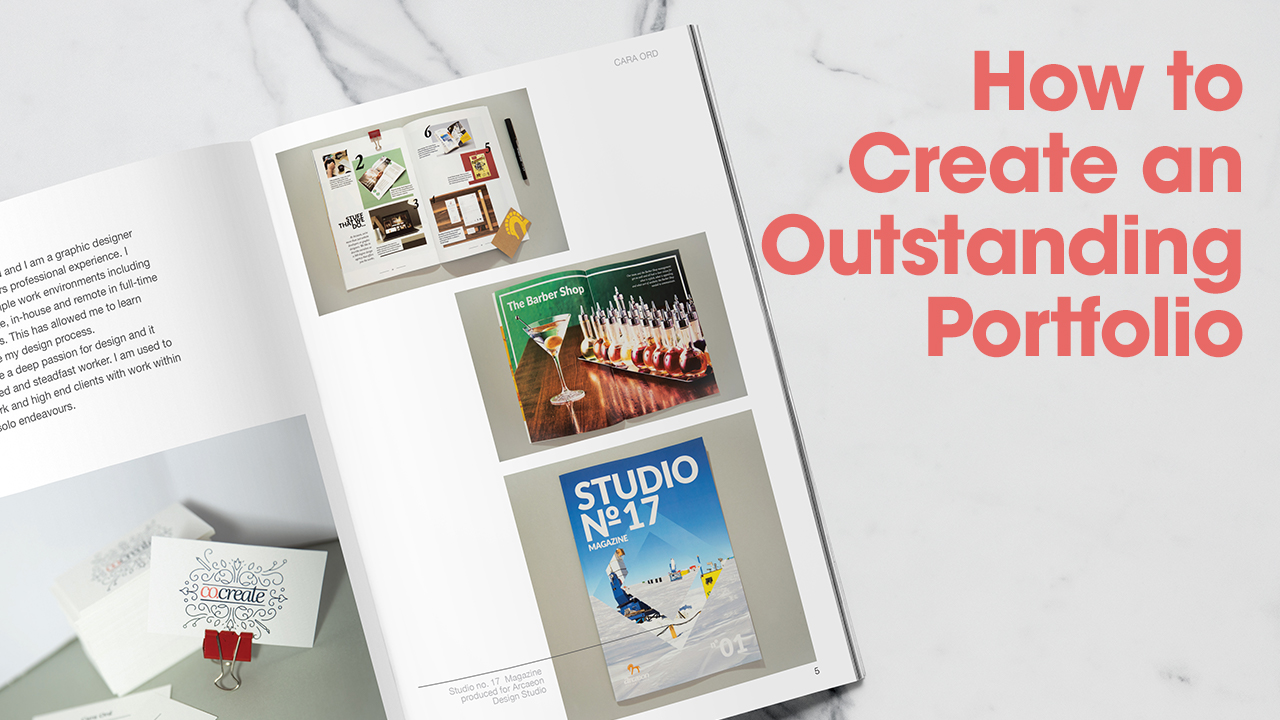How to Create a Portfolio of Professional Work

Creating a portfolio of professional work involves several steps to effectively showcase your skills, expertise, and accomplishments in your chosen field. Here's a guide on how to create a portfolio of professional work:
-
Define Your Purpose and Audience:
- Determine the purpose of your portfolio. Are you creating it to apply for jobs, attract clients, showcase your skills to potential collaborators, or demonstrate your artistic abilities?
- Identify your target audience. Tailor your portfolio content and presentation style to appeal to the specific needs and interests of your intended audience.
-
Select Your Best Work:
- Choose a selection of your strongest and most relevant work to include in your portfolio. Quality is more important than quantity.
- Consider including a variety of projects that showcase your range of skills, expertise, and creativity. Highlight both completed projects and works in progress, if applicable.
-
Organize Your Portfolio:
- Determine the structure and organization of your portfolio. Arrange your work in a logical order, such as by project type, chronological order, or thematic grouping.
- Consider including introductory sections such as an artist statement, bio, or overview page to provide context and background information about yourself and your work.
-
Prepare Your Work for Presentation:
- Ensure that your work is professionally presented and well-documented. Use high-quality images, photographs, or scans to showcase visual work.
- Include detailed descriptions, captions, or annotations for each project to provide context, explain your creative process, and highlight key features or accomplishments.
- If applicable, provide links to live websites, online articles, or digital media files to demonstrate interactive projects, multimedia works, or online content.
-
Choose a Presentation Format:
- Select a format for presenting your portfolio. Options include physical portfolios (such as printed books or binders), digital portfolios (such as PDF documents or slideshow presentations), or online portfolios (such as portfolio websites or digital platforms).
- Consider the preferences of your audience and the intended use of your portfolio when choosing the presentation format.
-
Design and Layout:
- Pay attention to the design and layout of your portfolio to ensure that it is visually appealing, easy to navigate, and effectively showcases your work.
- Choose a cohesive visual theme, color scheme, and typography that reflects your personal style and complements your work.
- Use clear and concise formatting, with ample white space, to allow your work to stand out and prevent clutter.
-
Create Your Portfolio:
- Compile and assemble your portfolio materials according to your chosen format and layout. Review and edit your content to ensure accuracy, consistency, and professionalism.
- If creating a digital or online portfolio, use appropriate software or online platforms to design and organize your portfolio pages or website.
- Test your portfolio to ensure that all elements are functioning correctly and that your work is presented effectively.
-
Update and Maintain Your Portfolio:
- Regularly update your portfolio with new work, projects, or accomplishments to keep it current and relevant.
- Review and refine your portfolio periodically to reflect changes in your skills, interests, or career goals.
- Solicit feedback from peers, mentors, or industry professionals to gain insights and improve the effectiveness of your portfolio.
By following these steps, you can create a professional portfolio that effectively showcases your skills, experience, and achievements, helping you to stand out and make a positive impression on potential employers, clients, collaborators, or audiences in your chosen field.
Thank you,